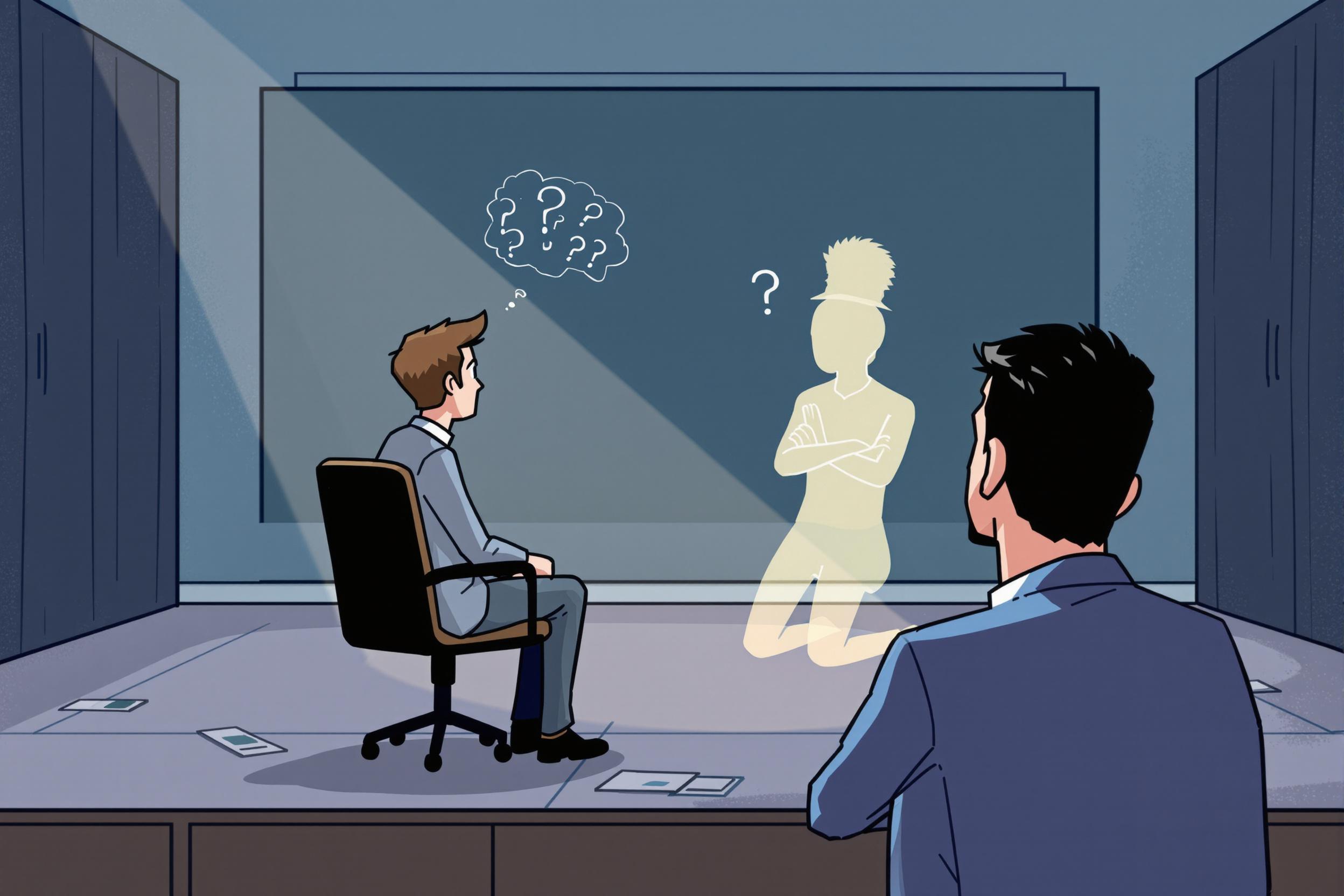
False Trip
A False Trip is when an electrical circuit breaker or safety switch shuts off power unnecessarily, without any real electrical problem present. It's like a false alarm in a security system. This is a common issue that electrical technicians need to diagnose and fix, as it can cause unexpected power interruptions in homes or businesses. Understanding false trips is important because they can indicate underlying issues with wiring, equipment age, or environmental factors like moisture, even if there isn't an immediate danger.
Examples in Resumes
Diagnosed and resolved False Trip issues in residential circuit breaker systems
Developed maintenance schedules to prevent False Trip occurrences in industrial settings
Trained junior technicians on identifying causes of False Trip events and proper troubleshooting methods
Typical job title: "Electrical Technicians"
Also try searching for:
Where to Find Electrical Technicians
Professional Organizations
Online Forums
Job Resources
Example Interview Questions
Senior Level Questions
Q: How would you develop a systematic approach to diagnosing repeated false trips in a large commercial building?
Expected Answer: A senior technician should discuss creating a detailed inspection plan, analyzing patterns of when trips occur, checking for common causes like moisture or equipment age, and implementing preventive measures. They should mention documentation and team training aspects.
Q: What steps would you take to prevent false trips in a sensitive manufacturing environment?
Expected Answer: Should explain monitoring power quality, regular maintenance schedules, upgrading aging equipment, proper grounding techniques, and implementing surge protection. Should also mention staff training and documentation procedures.
Mid Level Questions
Q: What are common causes of false trips and how do you identify them?
Expected Answer: Should discuss moisture, loose connections, aging equipment, power surges, and overloaded circuits. Should explain the process of elimination and testing methods used to identify specific causes.
Q: How do you differentiate between a false trip and a legitimate safety trip?
Expected Answer: Should explain checking for actual electrical faults, testing equipment, measuring current loads, and inspecting wiring. Should mention safety protocols and verification procedures.
Junior Level Questions
Q: What safety procedures do you follow when investigating a false trip?
Expected Answer: Should mention personal protective equipment, proper lockout/tagout procedures, using testing equipment safely, and following company safety protocols.
Q: What basic tools do you use to investigate a false trip?
Expected Answer: Should list multimeter, circuit tester, thermal scanner, and basic hand tools. Should explain the basic purpose of each tool in diagnostics.
Experience Level Indicators
Junior (0-2 years)
- Basic electrical troubleshooting
- Using testing equipment
- Understanding of circuit breakers
- Following safety procedures
Mid (2-5 years)
- Advanced diagnostic techniques
- Preventive maintenance planning
- Equipment upgrade assessment
- Documentation and reporting
Senior (5+ years)
- Complex system analysis
- Team leadership and training
- Project management
- Advanced problem-solving methods
Red Flags to Watch For
- Lack of basic safety knowledge
- Unable to use standard testing equipment
- No experience with circuit breaker systems
- Poor understanding of electrical codes and standards
Related Terms
Need more hiring wisdom? Check these out...

The $100M Mistake: Hidden Costs of Rushed Leadership Hires (Data Study)

Ghosted Again? How to Stop Candidates from Disappearing and Start Engaging Them Better

Global Compliance Checks: The Hidden Puzzle Pieces of Background Screening Revealed

